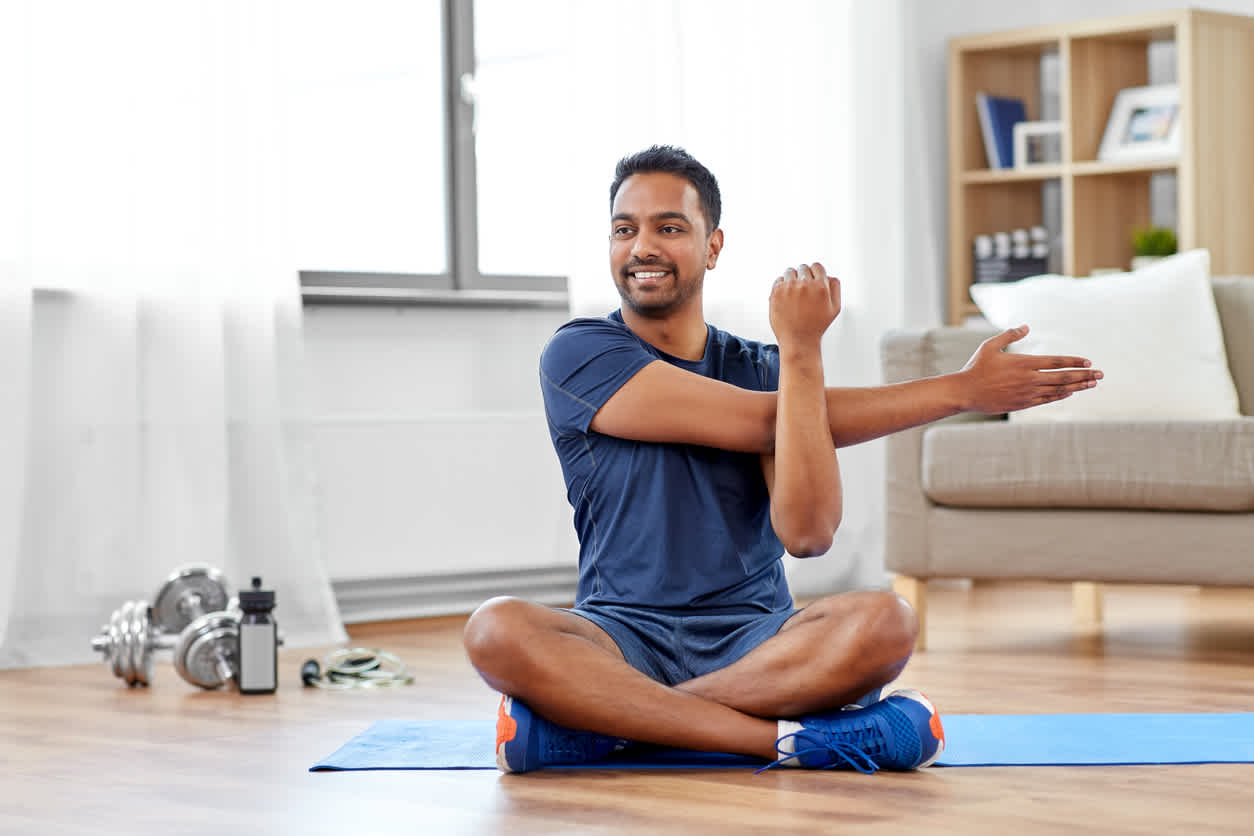Why Exercise is Important for Beginners
Starting an exercise routine has benefits far beyond simply looking good. Whether you’re looking to improve your physical health, mental well-being, or boost your energy levels, exercise is key. For beginners, it’s especially important because it sets the foundation for long-term fitness success.
Physical Health Benefits
Exercise strengthens your muscles, bones, and cardiovascular system. It also helps with weight management, improves digestion, and boosts your immune system. As a beginner, incorporating consistent exercise can dramatically improve your overall health, giving you more energy and helping you feel stronger.
Mental Health Benefits
Exercise isn’t just about the body—it’s great for your mind, too. Regular physical activity helps reduce stress, anxiety, and symptoms of depression. It can improve your mood by releasing endorphins, the body’s natural “feel-good” chemicals. For beginners, it’s a fantastic way to clear your mind and boost your confidence.
How to Create a Beginner Exercise Routine
Creating a beginner-friendly Komrod online platform doesn’t need to be hard. The key is to start slow, listen to your body, and gradually increase the intensity of your workouts. Here’s what you should keep in mind:
Start Slow and Build Gradually
As a beginner, it’s important not to rush into intense workouts. Starting with simple exercises and slowly building up the intensity over time helps prevent injury and allows your body to adjust. Don’t worry about lifting heavy weights or running marathons just yet! Focus on developing consistency and getting used to regular movement.
Focus on Full-Body Workouts
For beginners, full-body workouts are a great way to get started. These routines help you build overall strength and endurance without focusing too much on one specific area of the body. Full-body exercises also burn more calories and work multiple muscle groups at once, helping you see faster results.
Sample Exercise Routines for Beginners
Ready to get started? Here are a few simple exercise routines you can try as a beginner:
Walking Routine
Walking is one of the easiest ways to start moving and get your body accustomed to exercise. Aim for 20–30 minutes of brisk walking, 3–4 times a week. You can gradually increase the time or pace as your endurance improves.
Sample Routine:
- Warm-up: 5-minute easy walk
- Main walk: 20 minutes at a brisk pace (where you can still talk but feel a bit winded)
- Cool-down: 5-minute easy walk and stretching
Home Bodyweight Routine
You don’t need fancy equipment to start exercising. A home bodyweight routine can help you build strength and stamina right from your living room.
Sample Routine:
- 10–15 bodyweight squats
- 10 push-ups (or modified push-ups if needed)
- 15–20 lunges (each leg)
- 30-second plank
- 15–20 glute bridges
Repeat this circuit 2–3 times, with a 1-minute rest between sets.
Strength Training Routine
As a beginner, strength training doesn’t have to mean heavy lifting. You can start with lighter weights or resistance bands to build muscle.
Sample Routine:
- 10–12 dumbbell squats (light weights)
- 10–12 dumbbell rows
- 10–12 dumbbell shoulder presses
- 10–12 dumbbell lunges (each leg)
- 10–12 bicep curls
Start with 1–2 sets of each exercise, and gradually increase the weight or reps over time as you build strength.
Flexibility and Mobility Routine
Improving flexibility and mobility is essential for avoiding injury and maintaining overall health. These stretches and mobility exercises are simple and great for beginners.
Sample Routine:
- 30-second forward fold stretch (hamstrings)
- 30-second cat-cow stretch (spine flexibility)
- 30-second hip flexor stretch (each side)
- 30-second chest opener stretch
- 30-second child’s pose stretch
Do each stretch slowly and gently, holding for 30 seconds per side, and repeat the routine 2–3 times.
Common Mistakes to Avoid
As a beginner, it’s easy to make mistakes while exercising. But knowing what to avoid will help you stay on track and reduce the risk of injury.
Overexertion
Many beginners make the mistake of pushing themselves too hard, too soon. While it’s great to challenge yourself, overexertion can lead to burnout or injury. Start with shorter, less intense workouts and increase intensity gradually.
Neglecting Warm-Ups and Cool-Downs
Warming up before and cooling down after your workout is essential. Warm-ups prepare your body for exercise, while cool-downs help your heart rate return to normal and reduce muscle soreness. Always include a few minutes of light stretching or low-intensity movement at the beginning and end of your routine.
Staying Motivated as a Beginner
Staying motivated can be tough, especially when you’re just getting started. But there are plenty of ways to keep yourself on track.
Set Realistic Goals
It’s important to set achievable fitness goals. Whether it’s walking a certain distance, doing more push-ups, or improving flexibility, having specific goals gives you something to work toward and keeps you motivated.
Tracking Your Progress
Tracking your progress is a great way to stay motivated. Write down your workouts, note any improvements, and celebrate small victories. It’s rewarding to see how far you’ve come!
Conclusion
Exercise is a journey, and as a beginner, it’s all about starting small and building up gradually. By incorporating simple, full-body routines and avoiding common mistakes, you’ll be well on your way to a healthier, stronger, and more confident version of yourself. Stay consistent, be patient, and remember that every little step counts!




